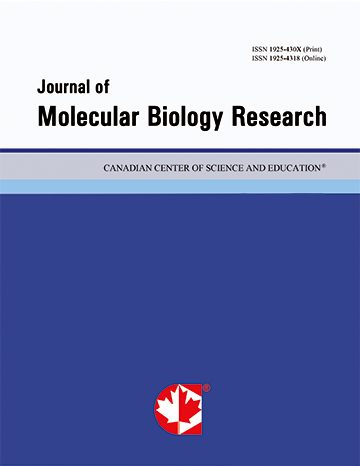Expression of Fat and Cholesterol Biomarkers in Meat Goats
Abstract
Consumption of high amounts of saturated fatty acids in meat has been implicated in the onset of cardiovascular disease. Chevon (goat meat) is higher in mono-unsaturated and poly-unsaturated fatty acids than beef and lamb. Limited data is available on the expression of fat and cholesterol biomarkers in meat goats. The objective of this experiment was to determine expression of Acetyl-CoA Carboxylase (ACC1), Apoplipoproteins, A (ApoA1), and B (ApoB) in different breeds of meat goats. Protein sequence alignments were generated to determine conservation for antibody selection. The motif (SMS79pGL) was conserved in the goat, human, mouse, rat and bovine ACC1 proteins. The ApoA1 and ApoB protein alignments (human, bovine and rabbit) revealed high protein sequence homology. The Enzyme-Linked Immunosorbent Assay (ELISA) was used to determine serum ACC1, ApoA1 and ApoB in Spanish and Myotonic goats. Spanish goats had higher (P<0.05) ACC1 than Myotonic goats. There was a gender effect (P<0.05) where females expressed more ACC1 than males. Breed and gender differences were detected in Spanish and Myotonic goats, with Spanish goats showing 37% more (P<0.05) ApoA1 expression in the blood than Myotonic goats and female goats with 47% higher expression of ApoA1 than males. Inversely, Myotonic goats expressed 35% higher (P<0.05) levels of ApoB than Spanish goats and males had 46% higher (P<0.05) ApoBexpression than females. These data demonstrate that inherent differences exist in lipid metabolism of meat goats and can lead to lipid biomarker assisted breeding programs to produce a heart, healthy red meat for human consumption.
 PDF
PDF
